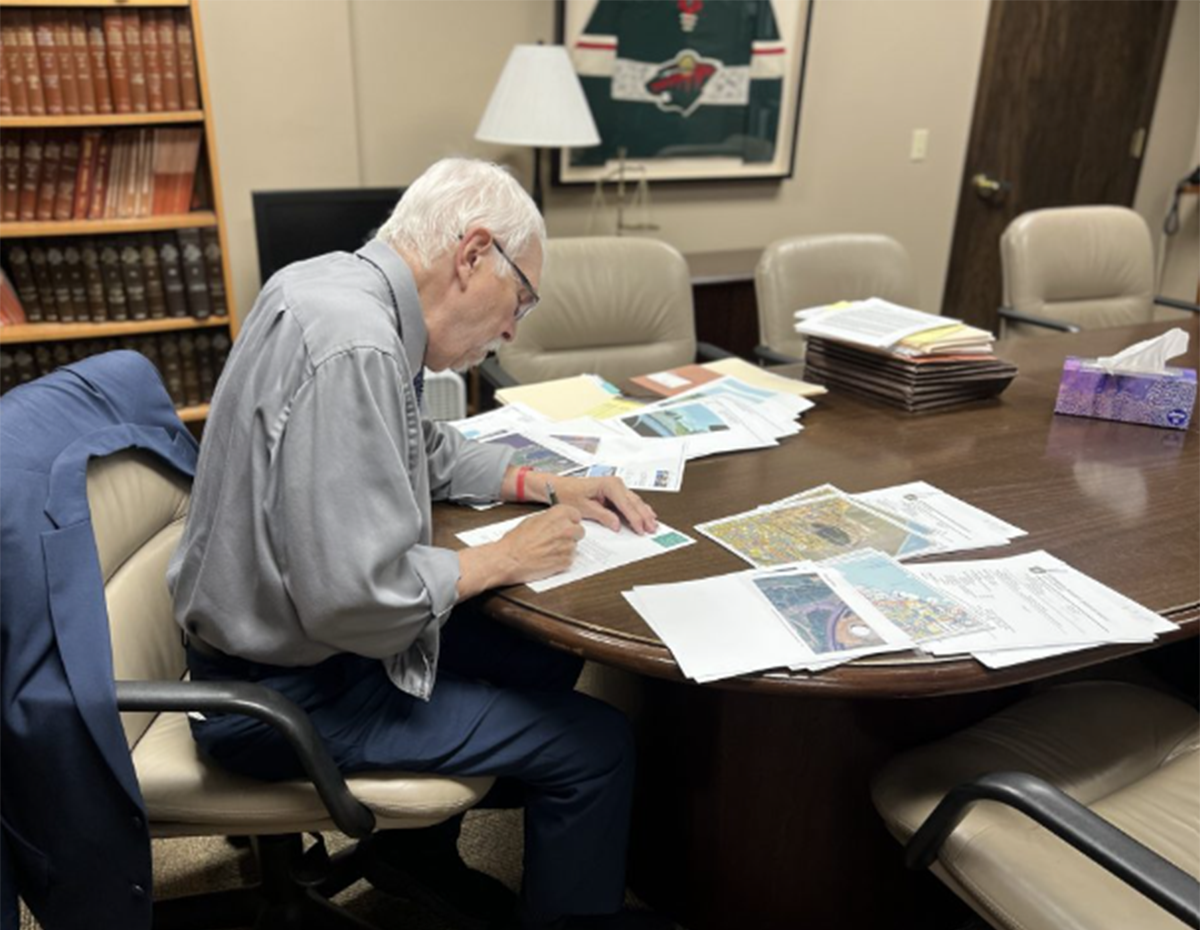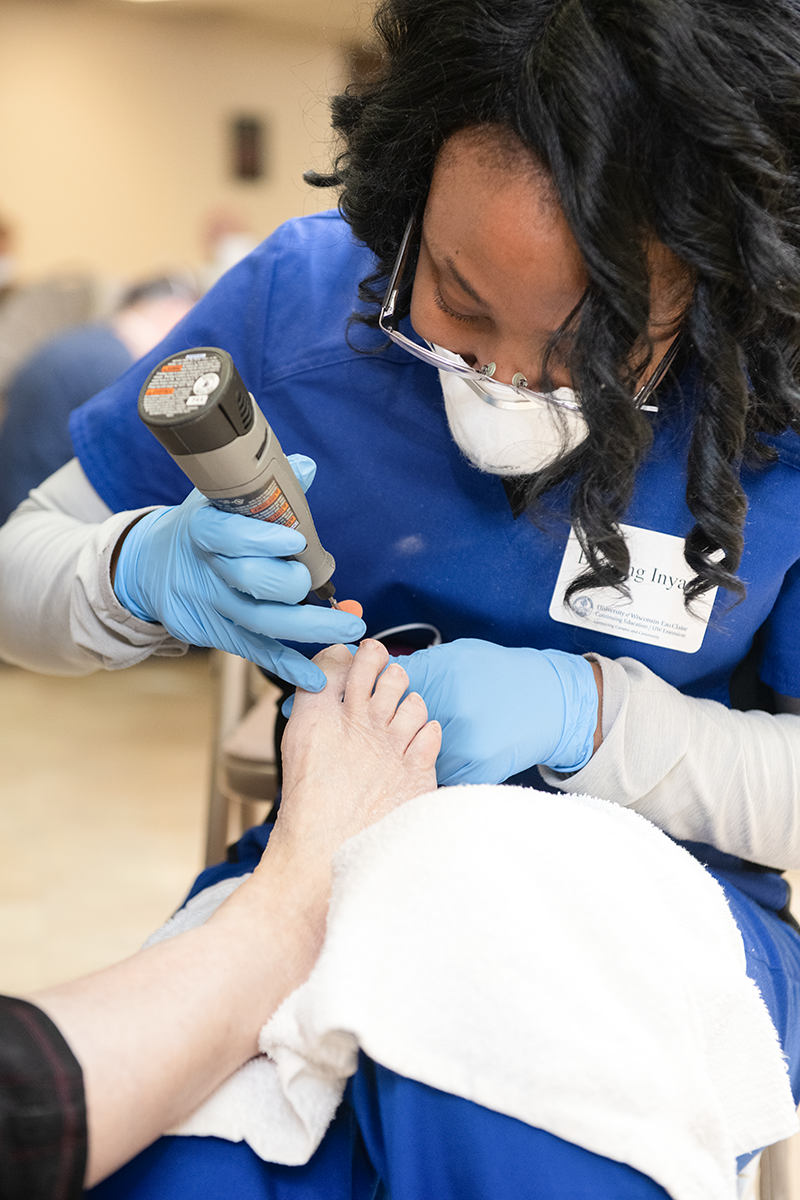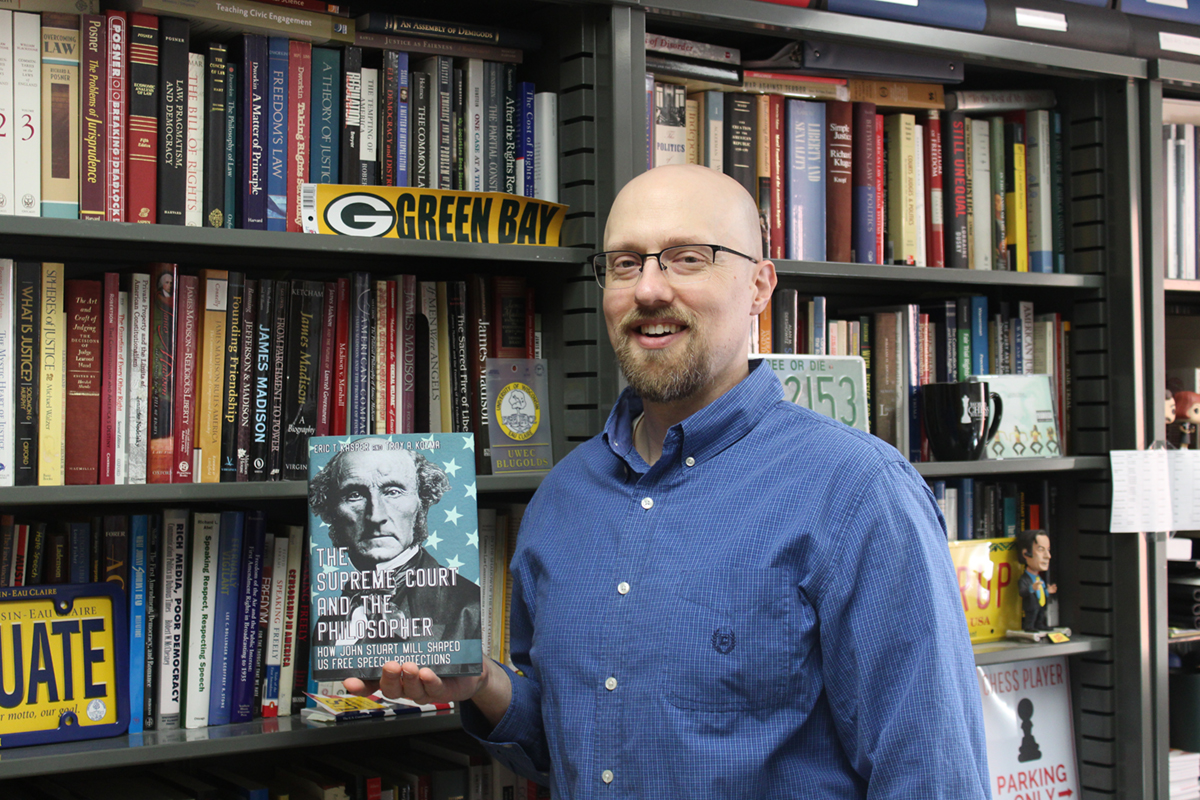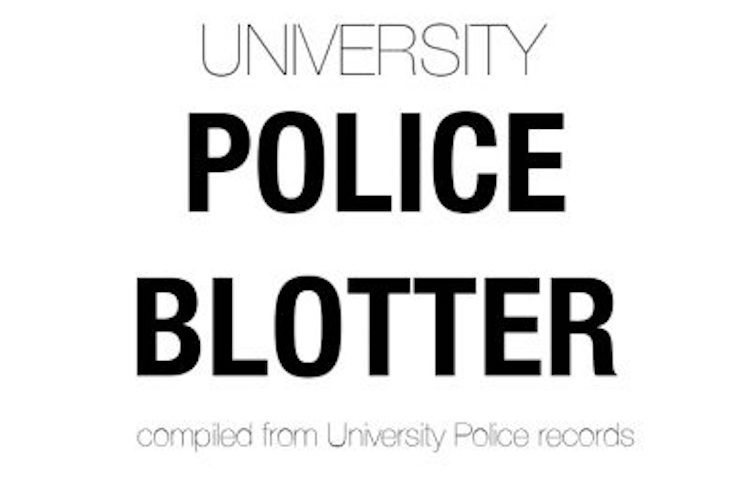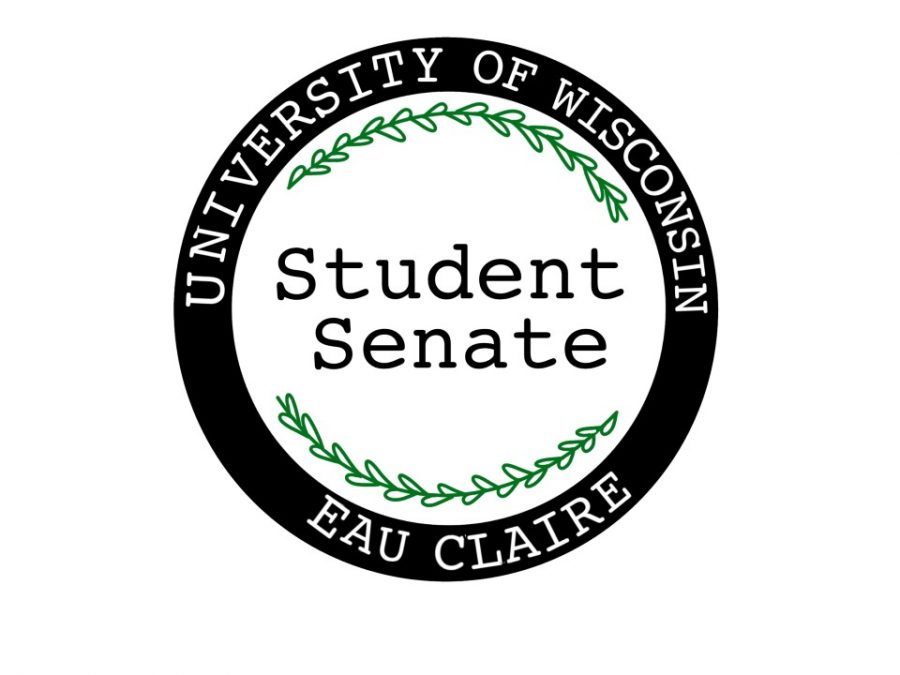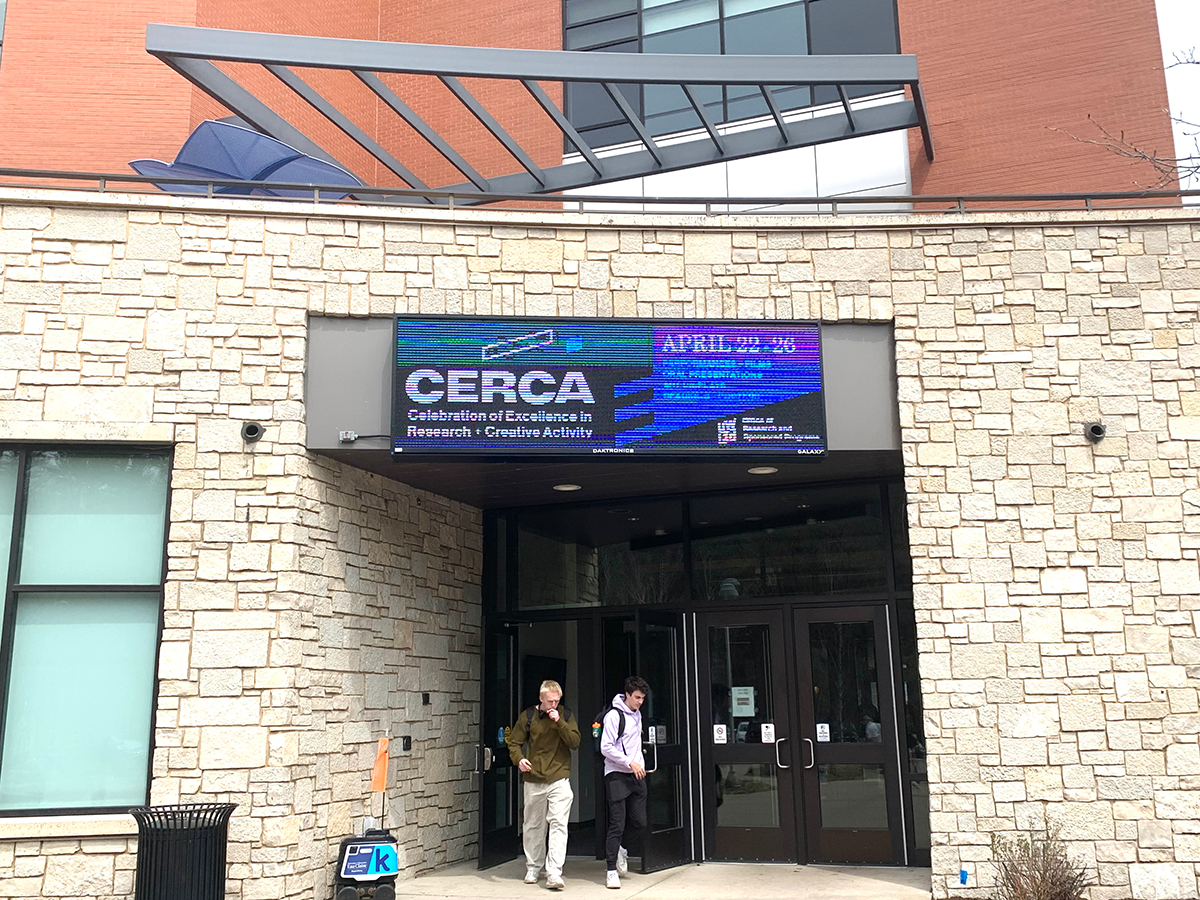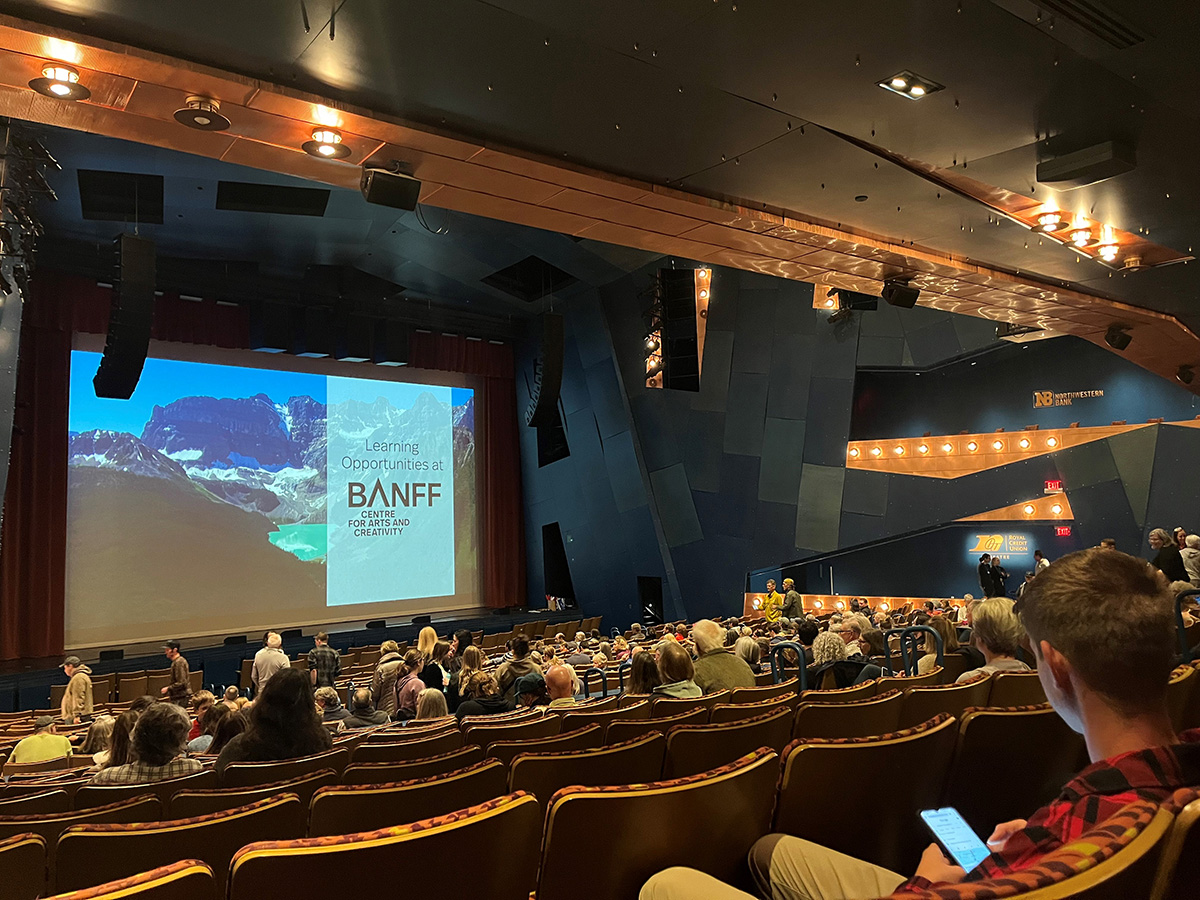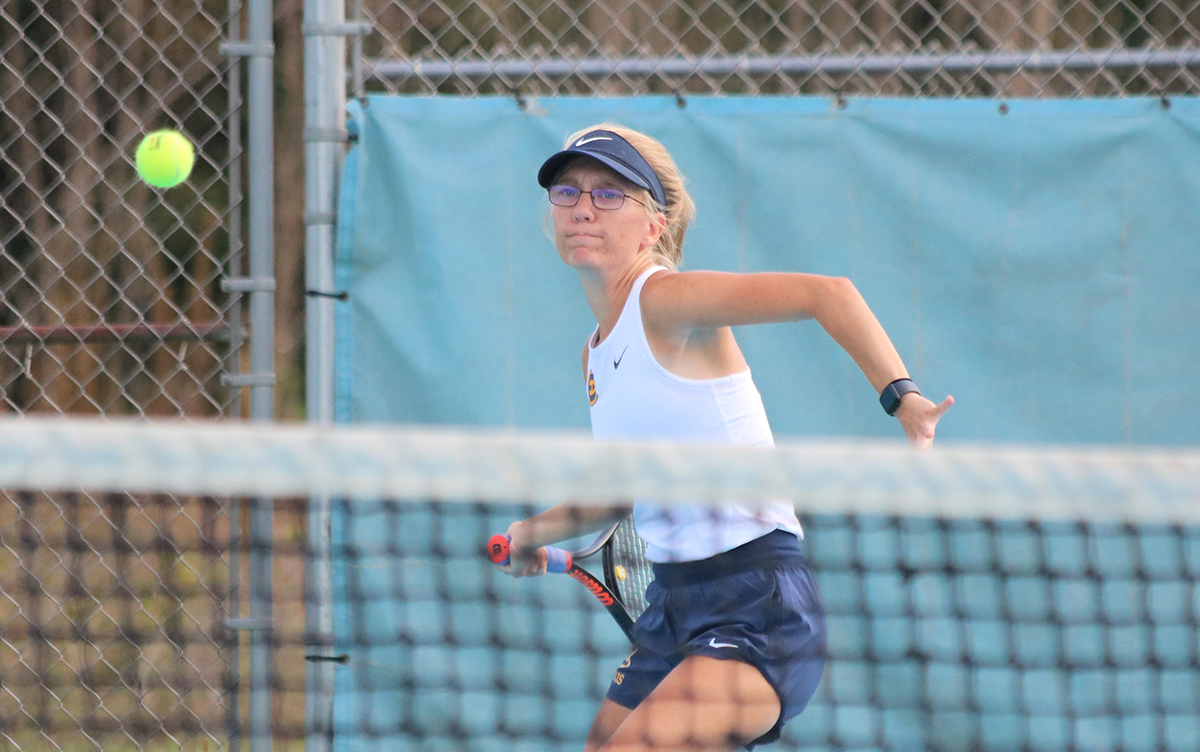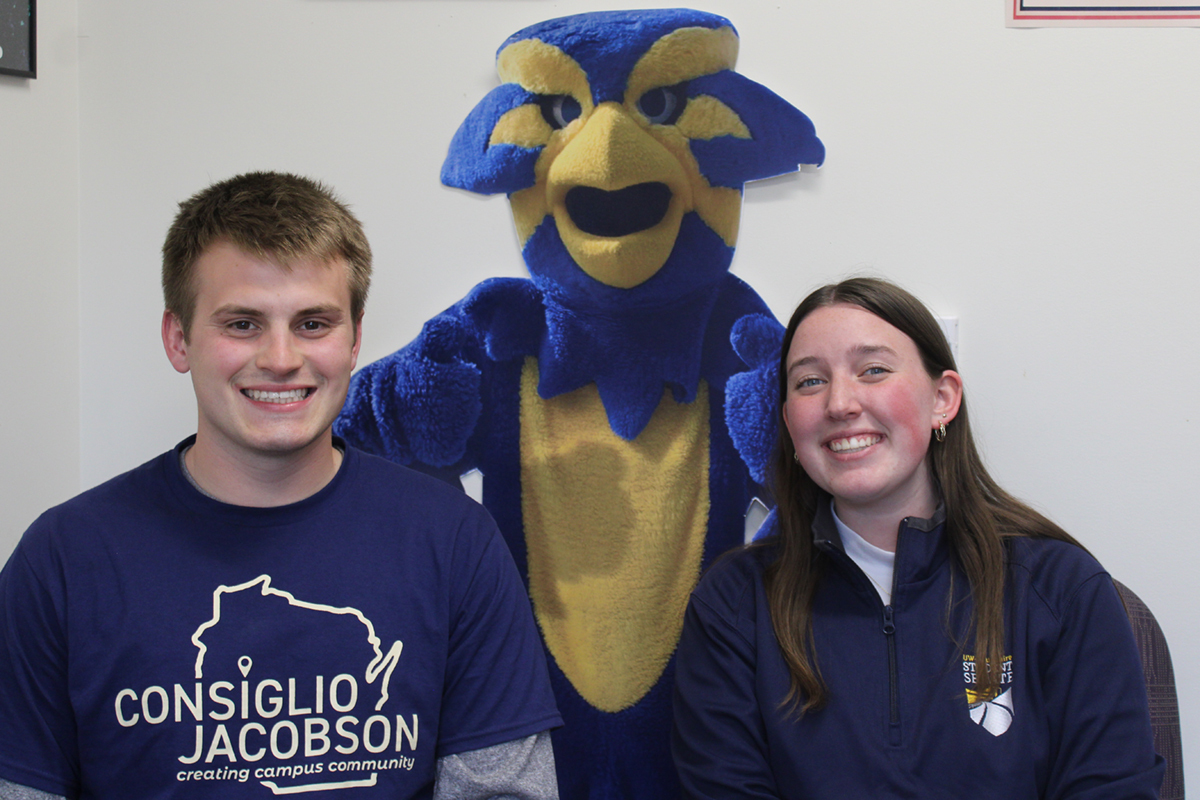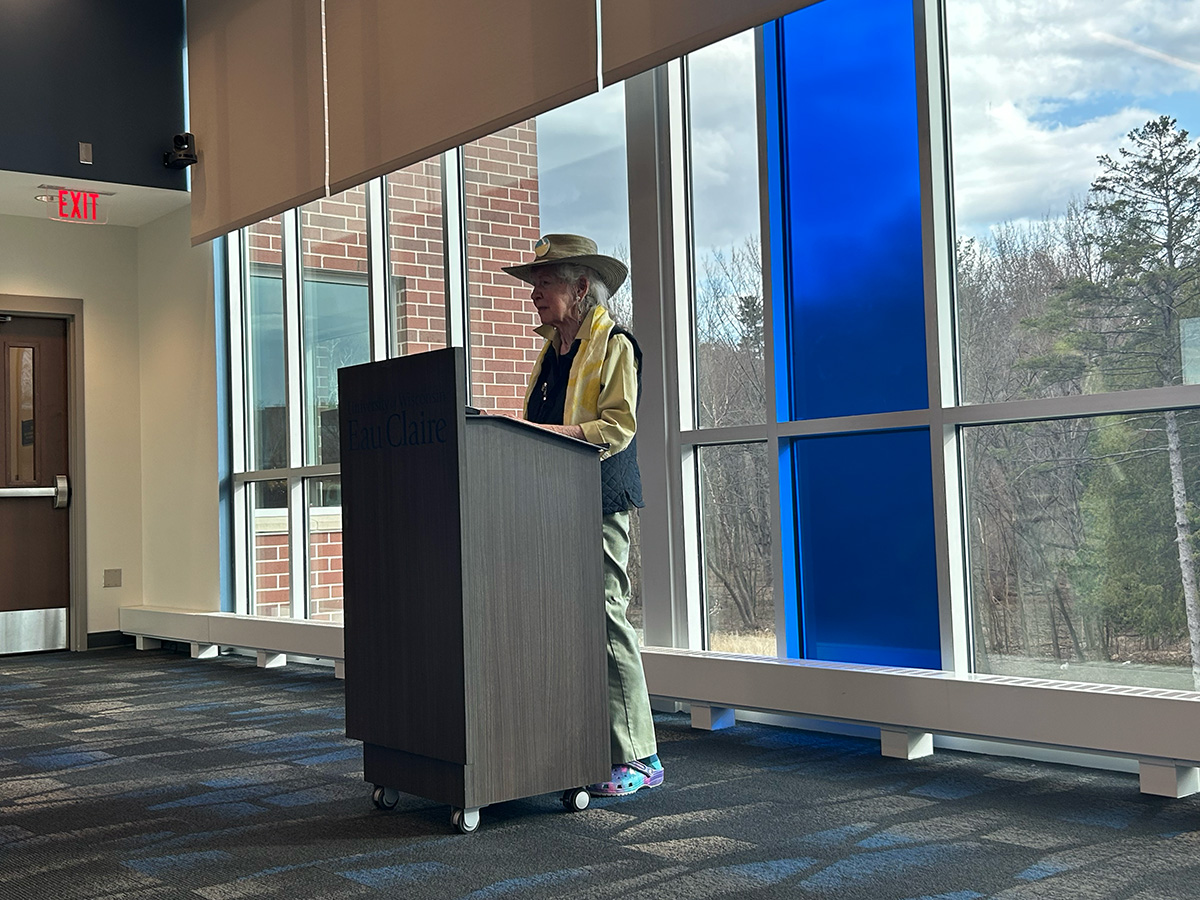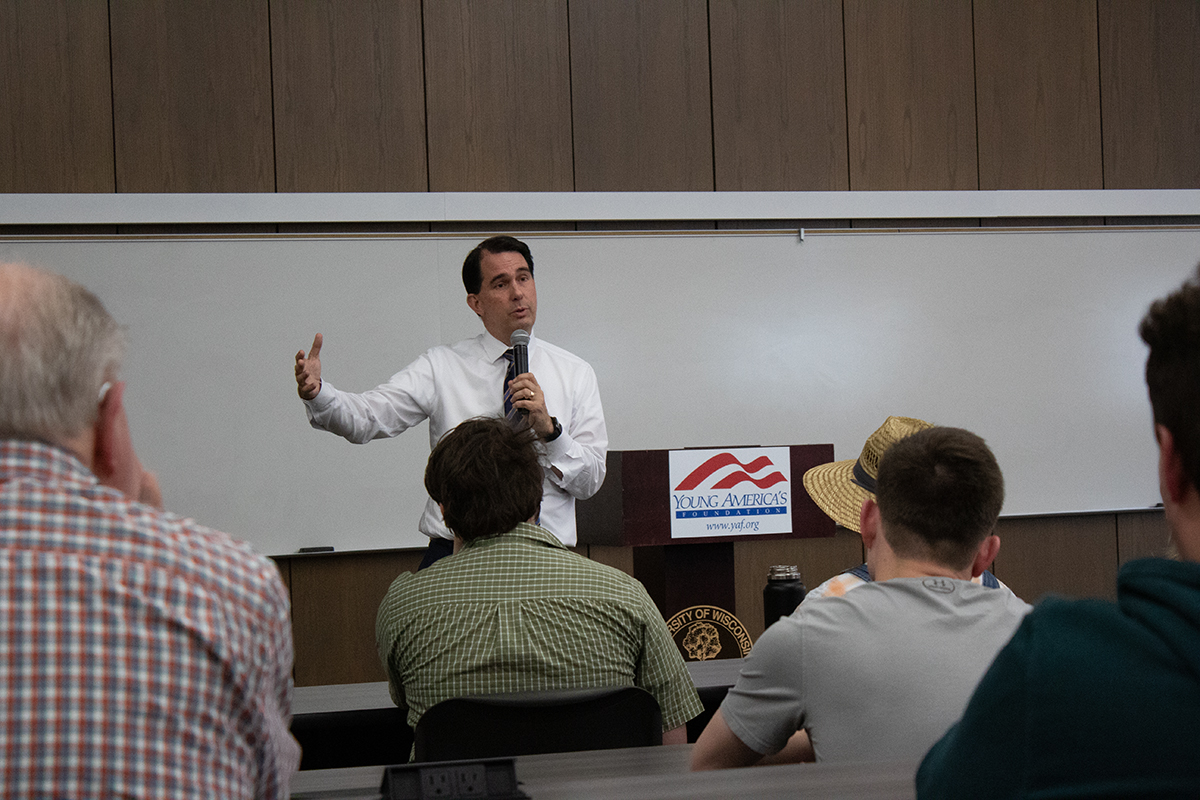Over the summer, while students were away from campus, UW-Eau Claire hired a new chancellor to lead them through a transitory period. Gilles Bousquet, former dean of international studies at UW-Madison, began his tenure as interim chancellor at UW-Eau Claire after Brian Levin-Stankevich left the position to become chancellor at Westminster College in Salt Lake City, Utah.
Bousquet, originally from France, came to America in 1982. He has also taught courses in French Language and French Language for Business as well as courses in culture and political science.
He still retains his French accent, but says the word Wisconsin perfectly and refers to UW-Eau Claire as ‘we.’
Bousquet recently sat down with The Spectator prior to the start of the new semester.
Ryan Spoehr: Why UW-Eau Claire?
Gilles Bousquet: It’s a long story in a way. Your old chancellor, who did a wonderful job, left for another university. It typically takes about a year to search and find a replacement for chancellor. So, the president of the system called me and asked me if I wanted to be the interim chancellor here because in part your campus takes international issues and, you know, education abroad very seriously, so he thought it might be a match. I was
very interested.
And it’s just, you know, a Frenchman at Eau Claire — that also makes sense, right? But I’m very happy to be here. People have been very welcoming.
Coming in the summer is when activities are a bit down so it’s a great time to walk around, get to know people (and) understand the issues, so it’s been very wonderful.
RS: What are the differences between Madison and Eau Claire?
GB: I think as in Madison, there’s a sense of momentum. The campus is going somewhere. I think here you feel it a little bit more because we are a little bit more compact. You can cross the street and you are at the new Davies Center. The new center is really a manifestation of that momentum. So there’s momentum on both campuses. I would say there is the same commitment to being more global (and) more
internationally connected.
I think the big difference — there are two big differences. First — the size. Madison is a gigantic campus — 41,000 students and a really large campus and this campus is real smaller in size — 11,000 students. It gives it the more personable aspect. I find that connections between the faculty and the students are more immediate, more tangible because faculty research is a distinctive feature of
the university.
Also, it is very easy for me to walk around and meet students and faculty because everybody is within a few square meters so there is this kind of personable aspect which I think the size of Madison makes it a little bit harder. You have places, you have areas where you have this interaction, but as a whole the campus is much, much bigger.
The other thing, the other difference is, of course, the mission of the two universities is different and Madison is characterized by a research mission and the research mission of the university is very, very important — critical.
What I find interesting here is while this is an undergraduate, liberal arts university, the research mission has been integrated into undergraduate education and I find that to be a very dynamic feature.
I’ve heard from alumni that research projects were sometimes the key for them to (get to an) excellent graduate school, medical school (and) to graduate schools around the country. So it’s really something which I wasn’t so much aware.
We had an undergraduate research program in Madison, but it wasn’t so much in my face as it is here. So I get to know how it works, how it benefits faculty as well as students and what kind of asset this is for students and faculty down the road.
RS: What have you done so far to interact with the faculty and students and what do you plan on continuing to do with those people?
GB: What I really enjoy doing is walking around and I’ve had the opportunity to go to several of the buildings – Phillips, Hibbard, the College of Business, the College of Nursing, so the people have been very welcoming. They show me around. They show me the classrooms, the labs, the practice rooms in nursing.
I like this informal interaction on site because it gets me a lot of clues. If you go into a faculty office and you know it’s small books everywhere and you can tell people spend a lot of time in the offices and it’s a good clue to say they are available to students.
Students can come and go. They work with each other as well because there are open people serving them. I’ve done that quite a bit.

